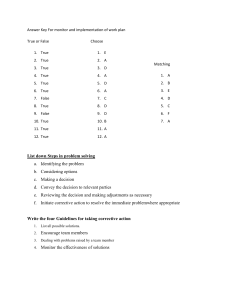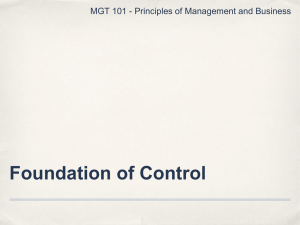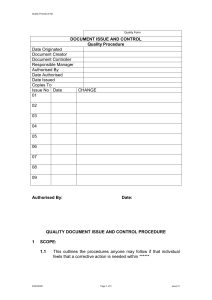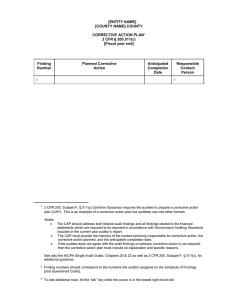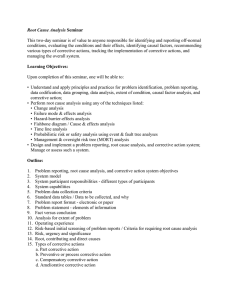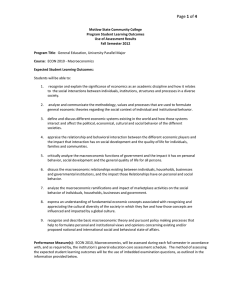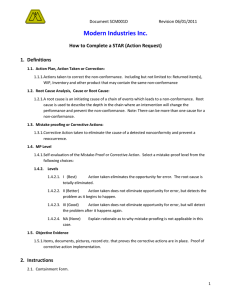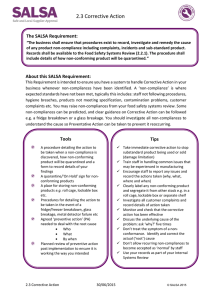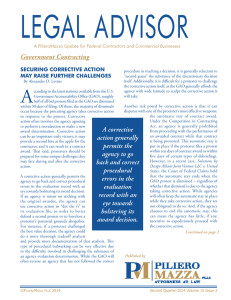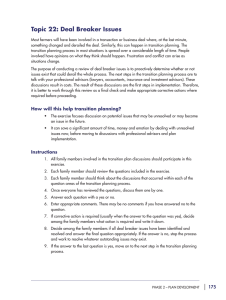GIVING CORRECTIVE FEEDBACK
advertisement
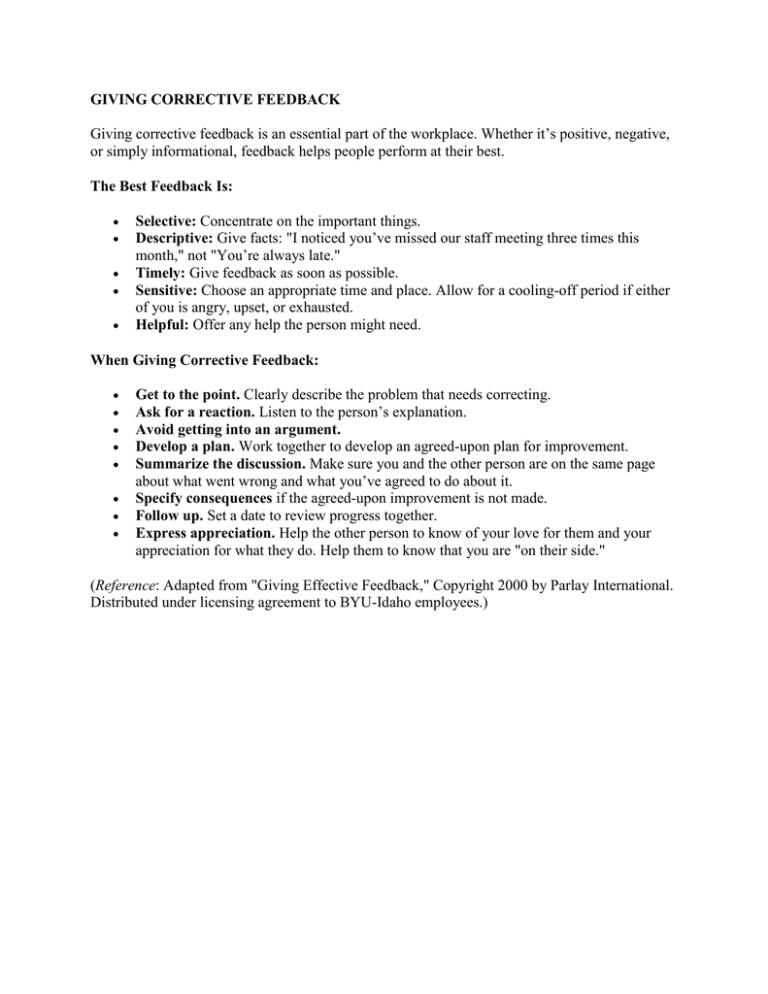
GIVING CORRECTIVE FEEDBACK Giving corrective feedback is an essential part of the workplace. Whether it’s positive, negative, or simply informational, feedback helps people perform at their best. The Best Feedback Is: Selective: Concentrate on the important things. Descriptive: Give facts: "I noticed you’ve missed our staff meeting three times this month," not "You’re always late." Timely: Give feedback as soon as possible. Sensitive: Choose an appropriate time and place. Allow for a cooling-off period if either of you is angry, upset, or exhausted. Helpful: Offer any help the person might need. When Giving Corrective Feedback: Get to the point. Clearly describe the problem that needs correcting. Ask for a reaction. Listen to the person’s explanation. Avoid getting into an argument. Develop a plan. Work together to develop an agreed-upon plan for improvement. Summarize the discussion. Make sure you and the other person are on the same page about what went wrong and what you’ve agreed to do about it. Specify consequences if the agreed-upon improvement is not made. Follow up. Set a date to review progress together. Express appreciation. Help the other person to know of your love for them and your appreciation for what they do. Help them to know that you are "on their side." (Reference: Adapted from "Giving Effective Feedback," Copyright 2000 by Parlay International. Distributed under licensing agreement to BYU-Idaho employees.)
